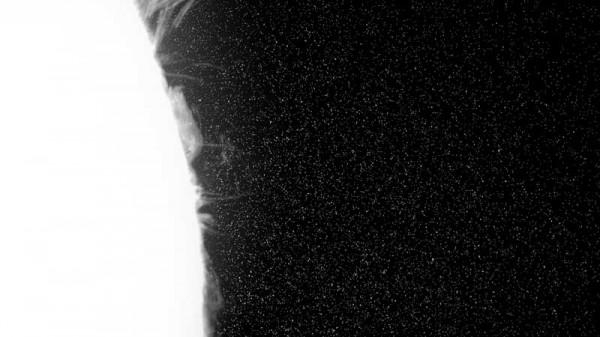Semiconductor
Thursday, 22 November 2012
Work from Brilliant Noise.
“Brilliant Noise takes us into the data vaults of solar astronomy. After sifting through hundreds of thousands of computer files, made accessible via open access archives, Semiconductor have brought together some of the sun’s finest unseen moments. These images have been kept in their most raw form, revealing the energetic particles and solar wind as a rain of white noise. This grainy black and white quality is routinely cleaned up by NASA, hiding the processes and mechanics in action behind the capturing procedure. Most of the imagery has been collected as single snapshots containing additional information, by satellites orbiting the Earth. They are then reorganised into their spectral groups to create time-lapse sequences. The soundtrack highlights the hidden forces at play upon the solar surface, by directly translating areas of intensity within the image brightness into layers of audio manipulation and radio frequencies.
…
Early on in our fellowship we came across one still image of what turned out to be the Sun. We were fascinated by this image and wondered why we hadn’t seen anything like it before. After some rooting about we discovered there were archives full of these documents of the sun but they required specialised knowledge just to extract each individual still from the data package it was stored in. We set about learning from the scientists the methods of extracting them and over the course of three months we downloaded gigabytes of archives. From here we turned these files into time lapse sequences according to their spectral frequencies and the film Brilliant Noise began to emerge.
The visual noise in the images is caused by natural and man made interferences. The white noise is cosmic rays impacting the CCD of the satellite camera, we also see frame dropouts and one frame taken from a ground based observatory which shows the silhouette of a plane as it crosses the path of the observatory. We wanted to leave these flaws in as they reveal something about the tools man uses to capture these images and makes them more tangible. These disturbances are routinely removed by NASA to create a cleaner image, they then go on to colourise them.
The sound is derived from solar natural radio and controlled via digitally sampling the intensity of the brightness of the image. The sound is intrinsically born from the image, creating a symphony by the Sun.
By doing this we wanted to enhance the sun as natural phenomena. Working with a documentary approach, we wanted to indulge in the raw material that is our Sun, using the image to control the fluctuation of the sound would emphasize the transitions and processes taking place…”


